- Key Takeaways
- What is Naturalism in Art?
- Key Features of Naturalistic Art
- 1.Hallmarks of Naturalist Art
- 1.
- 5 Famous Naturalist Artworks That Told the Truth
- 2.1. The Gleaners – Jean-François Millet (1857)
- 3.2. Haymaking – Jules Bastien-Lepage (1877)
- 4.3. The Horse Fair – Rosa Bonheur (1852–1855)
- 5.4. Barge Haulers on the Volga – Ilya Repin (1870–1873)
- 6.5. The Veteran in a New Field – Winslow Homer (1865)
- 2.
- Why Naturalism Still Matters
Have you ever looked at a painting and thought, “Wow, that looks so real”—like you could almost step into the scene?
While many art styles lean into fantasy, perfection, or emotional drama, Naturalism takes a different path. It doesn’t try to idealize life or make it more poetic. It just shows things as they are—honest, unfiltered, and often a little rough around the edges.
Naturalist artists focused on reality: real people in real settings, doing everyday things. No dramatic poses. No fairy tale vibes. Just a sincere look at life with all its grit, grace, and quiet moments of meaning.
Let’s dive into how Naturalism changed the art world—and why its influence is still everywhere today.
Key Takeaways
Naturalist artists focused on real life, not idealized beauty.
They showed everyday people, work, and emotions with honesty.
Millet’s The Gleaners highlights the dignity of hard labor.
Bastien-Lepage’s Haymaking captures exhaustion and quiet struggle.
Bonheur’s The Horse Fair shows power and motion with stunning accuracy.
Repin’s Barge Haulers on the Volga reveals the harsh reality of physical labor.
Homer’s The Veteran in a New Field reflects on life after war with subtle emotion.
What is Naturalism in Art?
Naturalism in art is about capturing life exactly as it is. Not polished, not glamorized—just authentic. It emerged in the mid-to-late 19th century, especially around the 1870s and 1880s, as a response to both the emotional intensity of Romanticism and the idealized perfection of earlier academic styles.
Artists working in this painting style focused on visual accuracy but also pushed deeper, aiming to express emotional and psychological truth. While Realism aimed to portray what things looked like on the surface, Naturalism asked more: Why do people live this way? What do they feel? It was about telling real stories through subtle, quiet moments.
This made it very different from movements like,
- Romanticism, which used dramatic scenes to stir deep emotion
- Idealism, which portrayed life as more beautiful or perfect than reality
A naturalist painting, by contrast, might show a farmer resting in a field after a long day of work. It’s not heroic, not tragic—just real. And that’s the power of it.
As musician and thinker Greg Graffin once said:
“Naturalism teaches one of the most important things in this world. There is only this life, so live wonderfully and meaningfully.”
That quote captures the heart of the movement: slow down, notice what’s real, and find meaning in the everyday moments we often overlook.
Key Features of Naturalistic Art
Naturalism is like art that says, “This is life—take it or leave it.” It doesn’t exaggerate, idealize, or filter what it shows. It invites the viewer into real moments, no matter how small, quiet, or rough they might be. This movement gained traction in the mid-to-late 19th century, especially in France, Britain, and Russia. At that time artists began shifting away from grand historical and mythological scenes toward the overlooked details of everyday life.
Naturalist artists painted,
- Farmers with muddy boots
- Children playing in dusty streets
- Workers napping in fields or hauling heavy goods
They weren’t chasing beauty or status. They were chasing truth—honest, grounded, and deeply human.
These works resonate because they reflect real emotions and experiences. You see a tired face, a simple task, a quiet glance, and it feels familiar. Like someone you know. Like a memory you didn’t know you had. It’s not flashy. It’s not loud. But it sticks with you—because it’s honest.
Hallmarks of Naturalist Art
- Scenes from everyday life that are honest, relatable, and raw
- Working-class or rural subjects that traditional art often ignored
- Muted, earthy color palettes and the use of natural light
- Emotional restraint, but with deep psychological presence
- Real environments, depicted in genuine social and historical context
Naturalism wasn’t trying to impress — it was trying to reflect. And in doing so, it brought a new kind of power to painting: the power of quiet truth.
5 Famous Naturalist Artworks That Told the Truth
Naturalist painters weren’t focused on fantasy or idealized beauty. They were committed to showing life as it truly was — unfiltered, emotional, and deeply human. Through careful attention to detail and subject matter grounded in everyday experience, they created works that continue to resonate today. These are some of the most powerful examples of naturalism in action.
1. The Gleaners – Jean-François Millet (1857)
In The Gleaners, Millet portrays three peasant women bent over in a field, collecting leftover grain after the main harvest. It’s a quiet, grounded scene—no luxury, no symbolism—just raw labor. When this oil painting was first exhibited at the Salon in 1857, it sparked controversy. Many in the French upper class were unsettled by the dignity Millet gave to rural poverty. Why, they asked, should these women be placed on the same walls as aristocrats and biblical heroes?

But that was precisely Millet’s point. He gave visibility to those often ignored. His earthy color palette and low horizon line pull the viewer’s eye toward the women’s repetitive motion. It blended them into the land they work. It’s a subtle but powerful act of recognition: these lives matter. These moments count.
2. Haymaking – Jules Bastien-Lepage (1877)
Jules Bastien-Lepage’s Haymaking captures a moment of total stillness in the middle of intense physical labor. A man and woman rest in a sunlit field during the harvest—one lies asleep, the other sits upright, physically present but mentally far away. There is no romance in this image. No idealized lighting, no dramatic gestures. Just quiet, bone-deep fatigue.

Bastien-Lepage was known for his combination of photographic realism and emotional restraint. Every texture in this painting—from the hay to the worn clothing—feels deliberate and precise. Yet the scene doesn't feel staged. Instead, it invites the viewer into an intimate moment of rural life. It reveals the psychological toll of labor without needing to say a word.
3. The Horse Fair – Rosa Bonheur (1852–1855)
The Horse Fair is a large-scale, action-filled painting that shows draft horses being led and paraded through a market in Paris. The composition is full of motion—the horses twist, rear, and pull against their handlers. This painting captures the raw strength and unpredictability of the animals. Bonheur's attention to anatomical precision and dynamic energy made this work a standout in the naturalist tradition.

What makes this painting even more powerful is the story behind it. Bonheur, a woman working in a male-dominated art world, had to obtain police permission to wear trousers in public so she could attend livestock markets and sketch freely. Her commitment to accuracy and immersive observation paid off: The Horse Fair became her most famous work and a landmark of animal painting. The result is not just a study of horses, but a larger statement about control, movement, and defiance—both human and animal.
4. Barge Haulers on the Volga – Ilya Repin (1870–1873)
Repin’s Barge Haulers on the Volga is one of the most searing depictions of labor in 19th-century art. Eleven men drag a heavy barge along the Volga River, their bodies bent under the strain of ropes pulled across their chests. Each figure is distinct, captured with individual expressions and postures that convey varying degrees of pain, exhaustion, and resignation.

While the scene is undeniably brutal, Repin treats his subjects with deep empathy. These men are not caricatures or symbols—they are real people. In this oil painting they are rendered with dignity and care. One figure, standing taller than the rest and looking directly at the viewer, anchors the scene in moral tension. Will you acknowledge their suffering, or look away? In that gaze, Repin forces confrontation with the cost of survival in a harsh world.
5. The Veteran in a New Field – Winslow Homer (1865)
Painted just months after the end of the American Civil War, Winslow Homer’s The Veteran in a New Field is a quiet, poetic meditation on peace and memory. A single man stands in a wheat field, harvesting with a scythe. The scene looks serene, almost idyllic, until you realize who he is—a recently returned Union soldier.

The scythe he holds resembles the traditional symbol of death, linking back to his experience in battle. The endless field of wheat, golden and swaying, could easily double as a battlefield in his mind. There are no clear markers of trauma, yet this sad painting is loaded with subtext. Homer’s restraint is intentional: he allows the viewer to sit in the ambiguity between rest and unrest, peace and memory, past and present. It’s a masterful example of how naturalism doesn’t need loud emotion to be emotionally powerful.
Artist | Known For | Country |
Jean-François Millet | The Gleaners, focus on rural labor and peasant life | France |
Jules Bastien-Lepage | Haymaking, rural realism with emotional depth | France |
Rosa Bonheur | The Horse Fair, animal realism, broke gender barriers | France |
Ilya Repin | Barge Haulers on the Volga, social realism, human suffering | Russia |
Winslow Homer | The Veteran in a New Field, quiet post-war realism | USA |
Thomas Eakins | Detailed portraits and surgical scenes, realism in American life | USA |
Gustave Courbet | The Stone Breakers, often considered a bridge between Realism and Naturalism | France |
Anders Zorn | Sensitive portraits and genre scenes with natural light and realism | Sweden |
Why Naturalism Still Matters
Naturalism may have started in the 1800s, but its message feels just as relevant today—maybe even more so. In a time when so much of what we see is filtered, edited, or carefully curated, naturalism reminds us of the power of what’s real. This movement laid the foundation for a kind of visual storytelling that still shapes how we see and share the world.
You can see naturalism’s influence in modern forms like,
- Documentary photography, where truth is captured in everyday moments
- Indie films, which often focus on ordinary people and quiet, emotional realism
- Street photography, where unposed, unstaged life takes center stage
- Social realism in painting and illustration, especially in depictions of working-class life
- Even the “no-filter” aesthetic on social media, which celebrates unpolished, everyday content
At its core, naturalism tells us that real life—imperfect, unfiltered, and often overlooked—is deeply meaningful. These artists challenged the idea of classicism and that only grand scenes or noble figures were worth painting. They showed that a farmer resting in a field or a worker hauling goods had just as much emotional weight as a battlefield or a throne.
In doing so, they redefined what deserves to be seen. And that lesson hasn’t aged. In fact, it's more powerful now than ever.
Naturalism is more than a style—it’s a mindset. A belief that truth connects us more than perfection ever could. Those quiet moments speak just as loudly as dramatic ones. And that looking closely at real life, with all its flaws, is one of the most human things we can do.
Conclusion
Naturalism didn’t come to impress — it came to connect. It said, “Here’s real life. Messy, quiet, hard, beautiful. Take it or leave it.”
And honestly? We took it. Because it speaks to something deep and human in all of us.
These artists weren’t chasing fame or fantasy — they were chasing truth. And in doing that, they gave us something timeless: a raw, unfiltered look at what it actually means to be human.
The work. The struggle. The silence. The subtle moments that somehow say everything.
In a world obsessed with polish, Naturalism reminds us that reality is more than enough.
Frequently Asked Questions
What is naturalism in art, in simple terms?
Naturalism is a style of art that focuses on showing life as it really is—without filters, exaggeration, or idealization. It captures everyday people, real environments, and genuine emotions with honesty and detail.
How is naturalism different from realism?
Naturalism and realism are closely related, but naturalism goes a step further. While realism focuses on how things look, naturalism explores the emotional and psychological truth behind what’s being shown. It’s more immersive and human-centered.
When did naturalism in art begin?
Naturalism became prominent in the mid-to-late 19th century, particularly in Europe and Russia. Artists like Jean-François Millet, Jules Bastien-Lepage, and Ilya Repin helped define the movement through their detailed, empathetic portrayals of everyday life.
Why did naturalist artists focus on ordinary people?
They believed that the everyday experiences of farmers, laborers, and working-class individuals were just as meaningful—and just as worthy of attention—as historical or religious subjects. Their goal was to tell real stories with emotional depth and respect.
Is naturalism only about rural life and workers?
Not entirely. While many naturalist artists focused on rural and working-class subjects, the core of naturalism is about truth and observation. Any subject—urban, rural, personal, or social—can be approached through a naturalist lens, as long as it's portrayed with honesty and depth.
George, CEO of Photo2painting, is a passionate art lover and entrepreneur. He founded Photo2painting.com from scratch, inspired by his artist friends. As the company's CMO, he manages content and marketing.
Excellent Customer Reviews

















































































































































